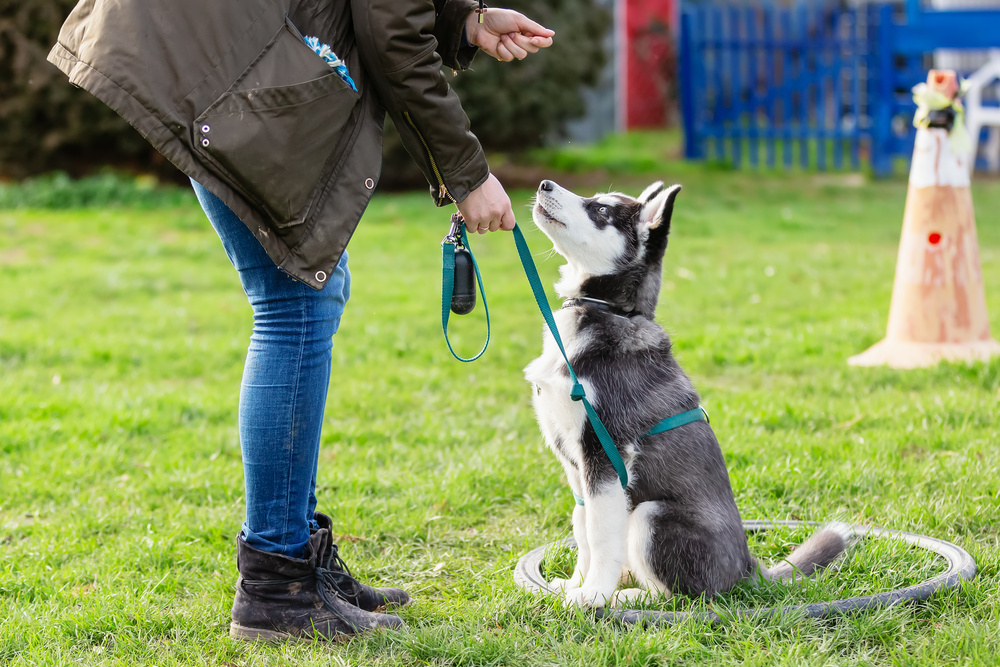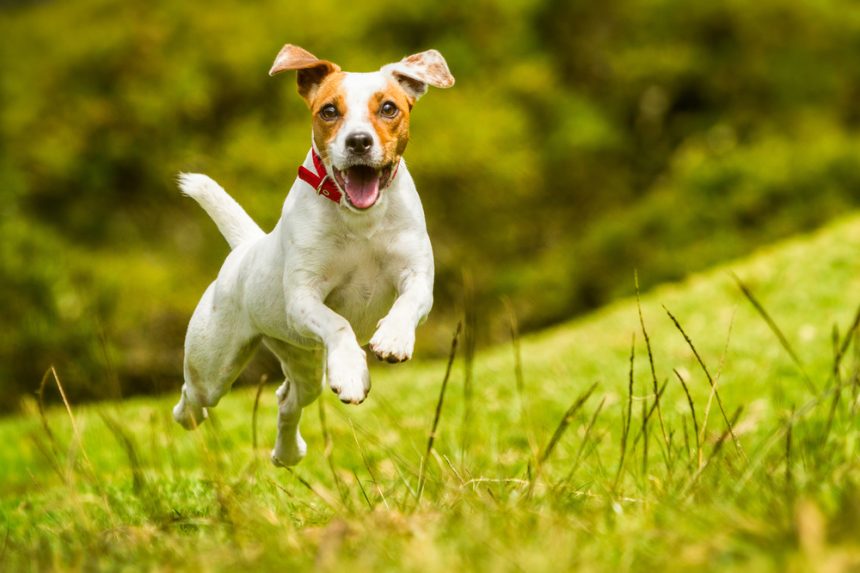Training your dog takes patience. While there are many ways to instill discipline and obedience, incorporating positive reinforcement can help your dog become an ideal companion. Using positive words and behavior while training your dog can help you communicate with your dog. If you’re training your dog and looking for an effective way to teach it, here are insights on positive reinforcement and why you should use it.
What Is Positive Reinforcement Training?
Also known as force-free training, it\s a method wherein trainers reward the dog for every correct or corrected action when receiving, for example, sled dog commands. It’s a type of training that doesn’t include any form of punishment for mistakes. The reward could be a tasty treat or praise from the trainer or dog owner. It’s recommended to promote good behavior in both puppies and adult dogs. At the same time, it positively affects the trainer to focus on developing positive behavior and control negative responses to attention-seeking related behavior.
Advantages Of Positive Reinforcement
There are various benefits of taking care of happy animals, and this method helps you keep your pet comfortable while you teach them to become your best companion.
- Helps You Communicate
Positive reinforcement helps you be more communicative with your dog efficiently. Negative reinforcements such as punishments or yelling teach your dog to be afraid of you. Dogs are loyal and aim to please owners or trainers they’re familiar with, and positive reinforcement makes them understand that they have good behavior. It lets them know what would make you happy.
Consistent positive reinforcement can lead to an enthusiastic dog listening to commands and understanding that following the owner makes them happy. They can get a treat out of it and avoid doing specific behavior different from your commands. A bond is formed, and effective communication is established with your dog this way.
- Creates Confidence In Your Dog
When you reinforce positive actions and behavior, it builds your dog’s confidence. Some dogs that have experienced neglect, abuse, and repeated punishments exhibit poor confidence and a broken spirit. Dogs openly express emotions, and a family that repeatedly punishes their dog through hitting, jabbing, or pinning may cause confusion and fear. While punishment teaches the dog what is unpleasant, it doesn’t teach them to be on good behavior.

It’s essential for dogs to feel good while under training. It gives them a boost of confidence, and you’ll see it in their body language. Some signs of a confident dog are a raised tail, perked ears, and a tall stance. You’ll also see how they lower their heads in a bow and raise their ends with wagging tails. These are signs of a happy fur baby that wants to play.
- Avoid Aggression And Anxiety
Dogs can also suffer from anxiety and aggression and display behavior such as destructive chewing, scratching at the door, urination, and defecation. Separation anxiety is a common problem in dogs, and they can display any, if not all, of the above. Being angry and shouting at them won’t get your message across, and it’ll only teach them to harbor negative emotions. If your dog is displaying this behavior, it doesn’t make sense to punish them further, especially if it’s the first time it was left alone. Handle minor separation anxiety by talking to them calmly or establishing an action or a word that tells them you’ll be back. You can also apply positive reinforcement by leaving your dirty laundry with them so that they can smell your scent or giving them toys that can keep them entertained while you’re away.
When training aggressive dogs, you must avoid the use of anything that they’ll find painful or scary, like sticks or loud noise. Some trainers of dogs with aggression toward a stranger will enlist the help of a person unfamiliar with the dog. Then, they’ll pair this with what the dog loves, such as a treat or a toy. The goal is to show that dogs shouldn’t be in the way of every stranger crossing their paths. When a dog feels safe, the aggressive behavior eventually goes away.
Takeaway
Using positive reinforcement when training your dog is important because it’s an effective way to communicate with your dog. It helps build their confidence and eases anxiety and aggression. Punishments and yelling at your dog only let them know what is unpleasant without teaching them correct behavior. Positive reinforcement helps you bond with your dog as it learns the correct behavior that its owners like.















